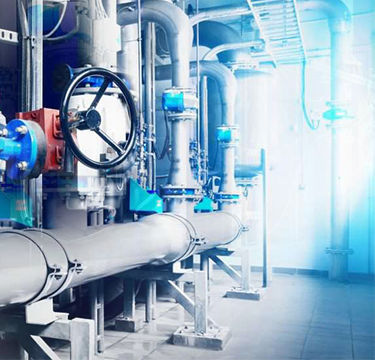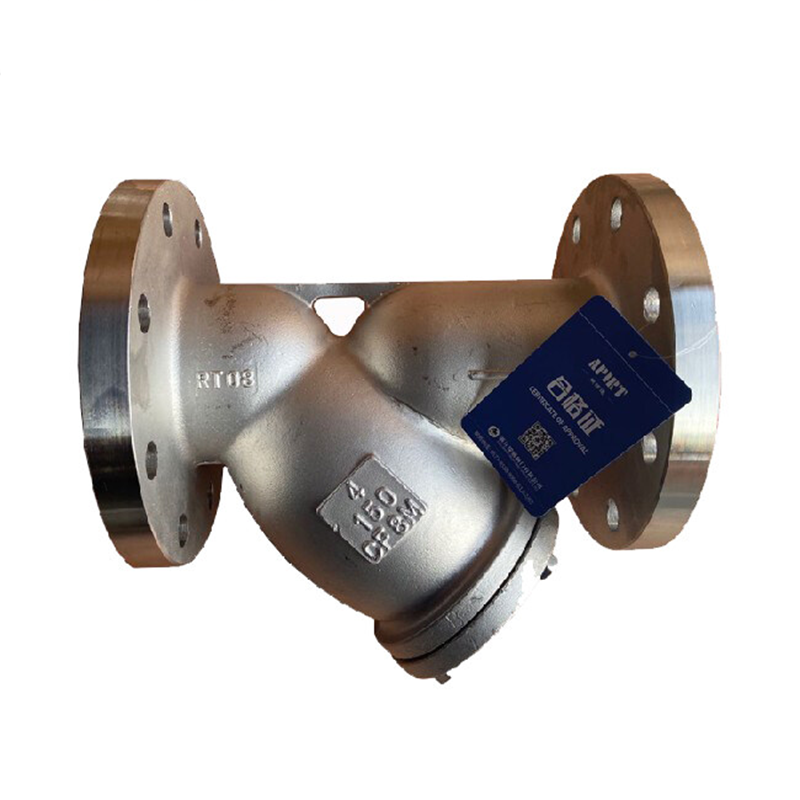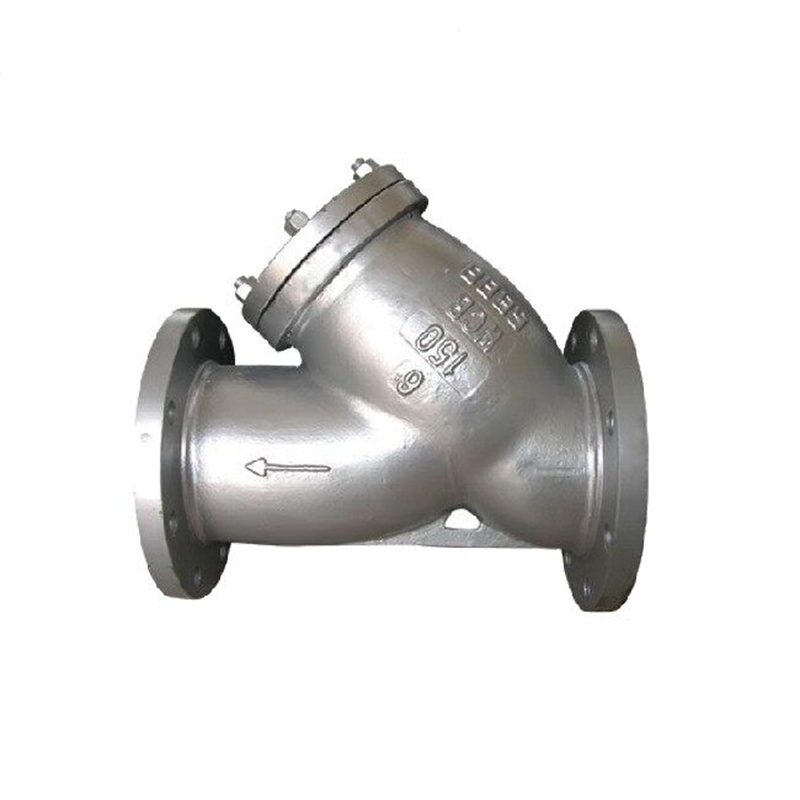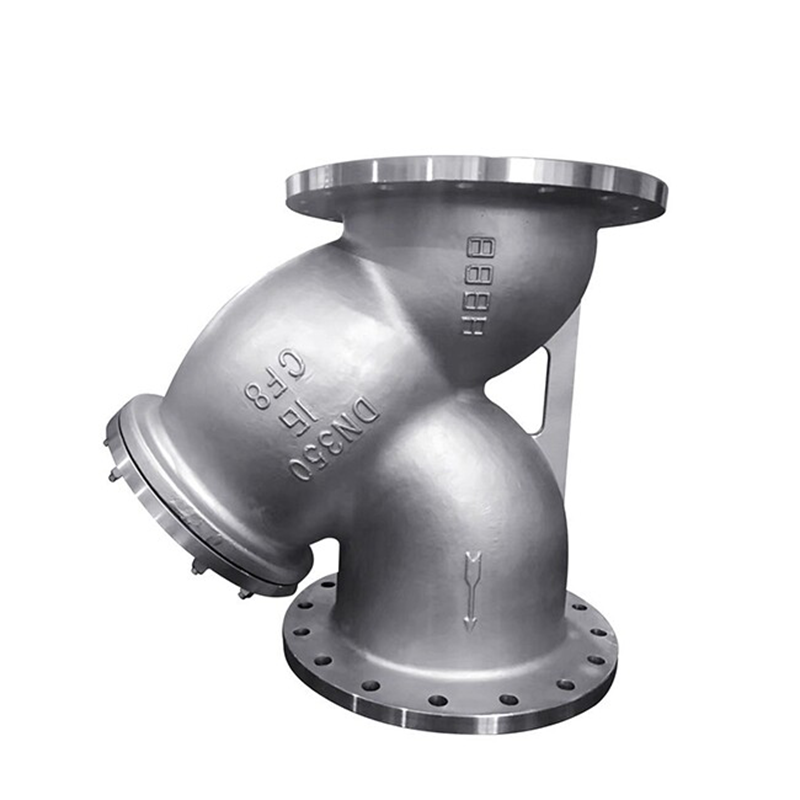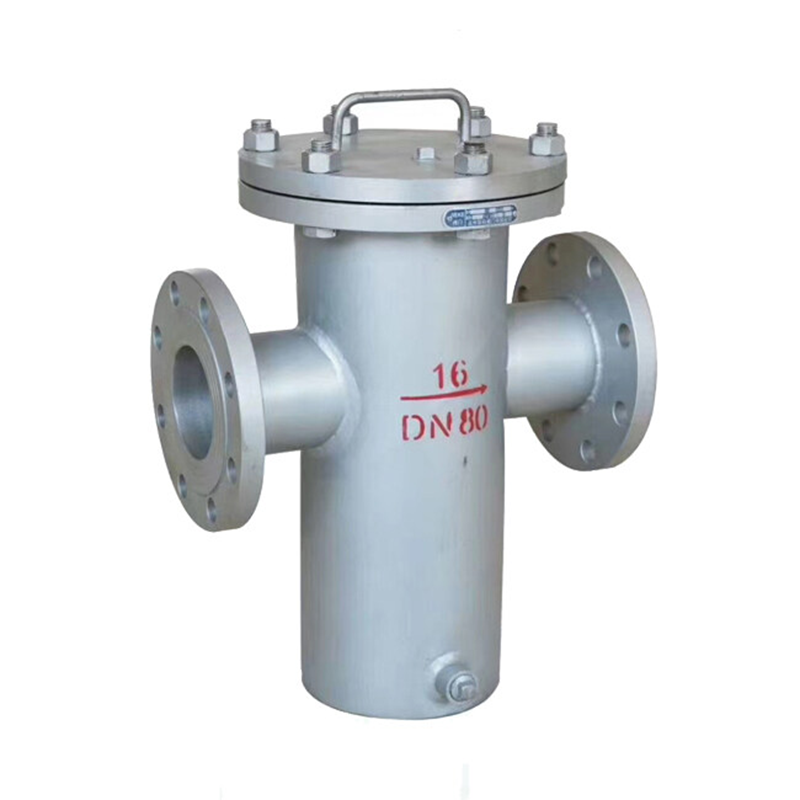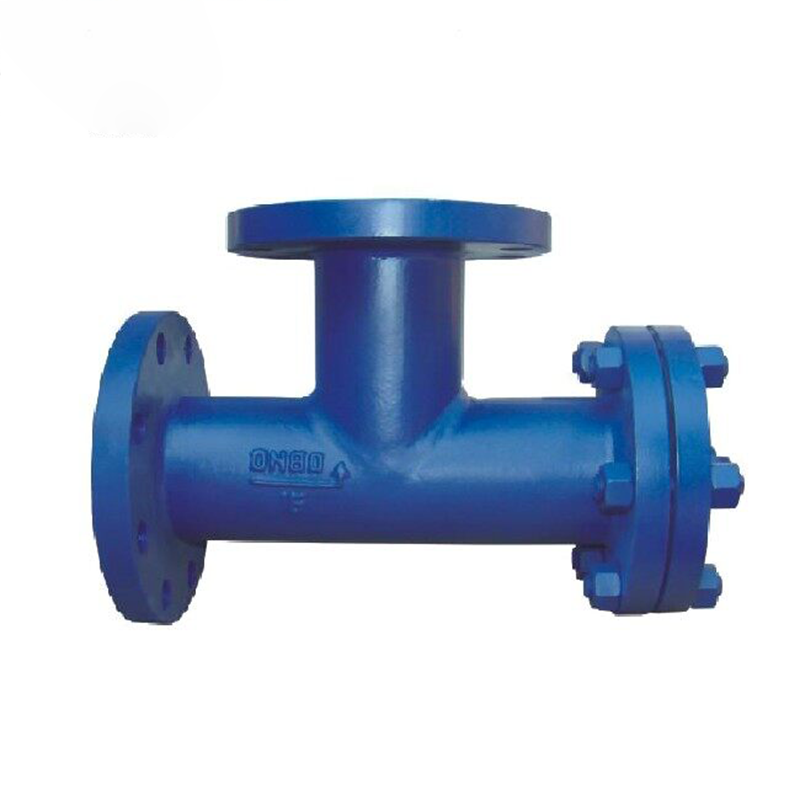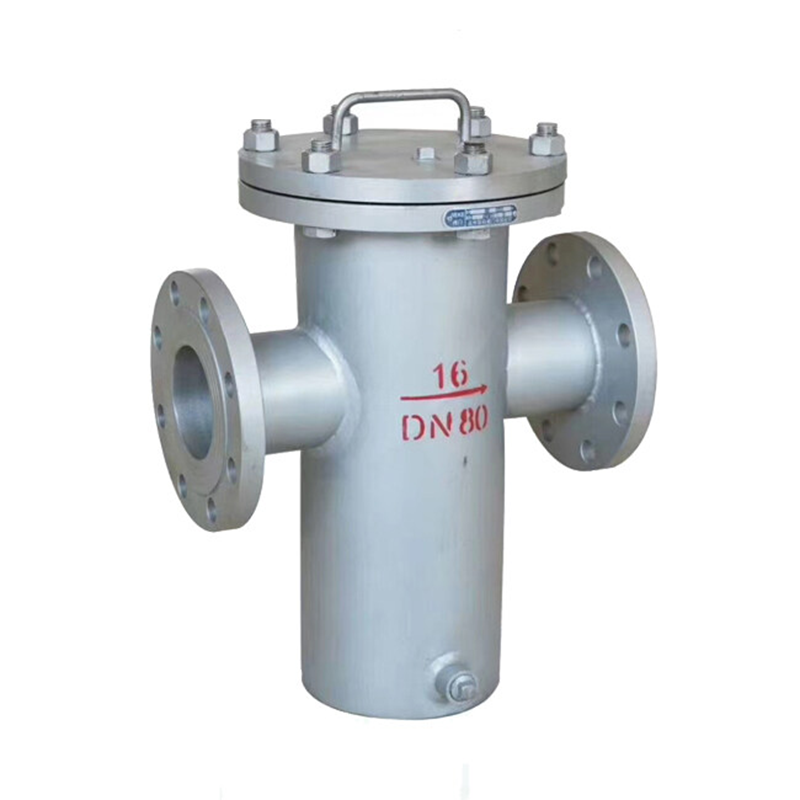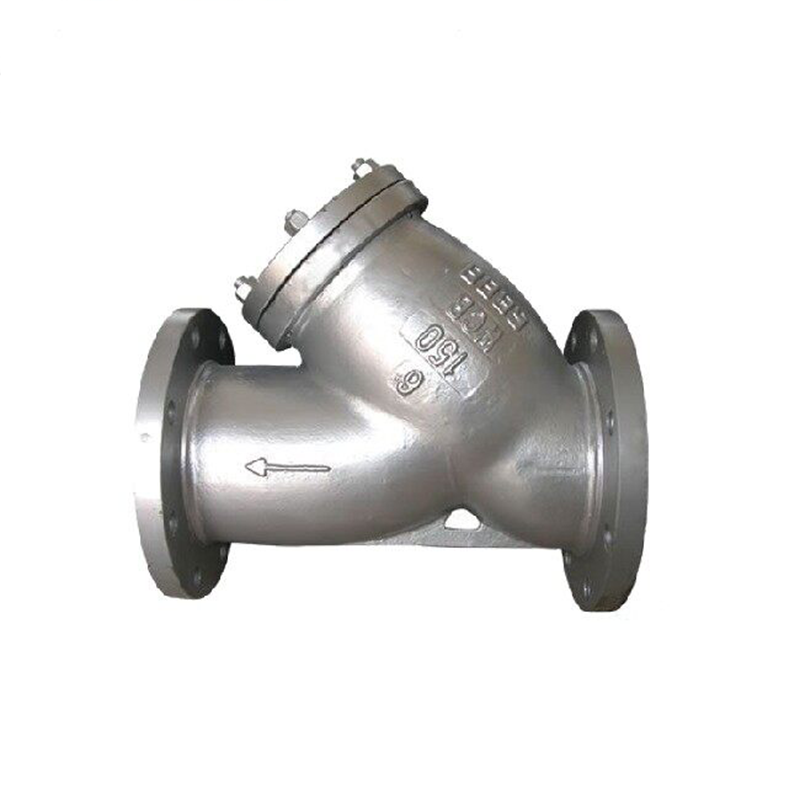Памылка фармату электроннай пошты
emailCannotEmpty
emailDoesExist
pwdLetterLimtTip
inconsistentPwd
pwdLetterLimtTip
inconsistentPwd

DIN Y-STRAINER
Strainers are mechanical devices to retain (and remove) foreign particles from flowing liquids and protect equipment such as pumps and compressors. There are several types of strainers, including the Y, basket and duplex types. A critical element is the strainer’s screen, specifically its mesh size (perforation density).
PIPE STRAINERS TYPES
There are two basic designs for pipe strainers, i.e. “y-strainers” and “basket strainers”.
Y STRAINER
A Y-strainer has a y-shaped compact design and is used to capture foreign particles flowing through the pipes of a pipeline.
Y strainers can be installed either horizontally or vertically, with the filtering element positioned towards the ground, and generate a pressure drop in the pipeline.
This type of strainer for pipeline needs to be cleaned often, to make sure that the filtering ability of the device is not jeopardized by the accumulation of debris. The pipeline can be kept in service, generally, when y-strainers need a cleanup.
Y-strainers suit high-pressure gas pipelines with a low concentration of foreign particles and debris. Indeed, Y strainers have a lower capacity to store dirt than basket strainers of similar size.
BASKET STRAINER (T-STRAINER)
A basket strainer features an upright and perforated basket that traps the foreign particles carried by the fluid conveyed by the pipeline.
A basket strainer can store bigger quantities of dirt and debris than y-strainers of the same size, due to the larger size of the filtering element, and is the preferred choice when pressure drops in the pipeline are not acceptable.
T strainers shall be installed upright, and the top of the strainer can be removed for frequent cleaning (self-cleaning t-strainers are also available on the market).
A special type of T-strainer is the so-called “duplex basket strainer”: this device, consisting of two parallel basket strainers, facilitates the maintenance of the filtration element keeping the line in service (the line is bypassed when one of the two strainers is cleaned).
Duplex basket strainer
(Source: Piping Design Channel)
Y-STRAINER MESH
A critical element to consider is the y-strainer mesh size. The mesh represents the number of the holes per inch. of the filtration element of the strainer (called, screen).
The screen mesh size can be designated in mm, in inches, in microns or by a mesh number.
The factors to consider to select the proper mesh size are:
- the maximum particle size that the downstream equipment (for example a pump or a compressor) can safely handle.
- the working temperature and pressure of the piping system
- the maximum allowed pressure drop
- the nature of the conveyed fluid
If the mesh is too small, some unwanted debris may not be filtered and affect the downstream equipment. If the mesh is too small, extra loads of debris may accumulate in the strainer cage, causing pressure drops in the piping system and higher than needed maintenance costs.
Y-STRAINER MESH SIZE CHART
|
STRAINER MESH |
in INCHES |
in MICRONS |
in MM |
|
3 |
0.265 |
6730 |
6.73 |
|
4 |
0.187 |
4760 |
4.76 |
|
5 |
0.157 |
4000 |
4 |
|
6 |
0.132 |
3360 |
3.36 |
|
7 |
0.111 |
2830 |
2.83 |
|
8 |
0.0937 |
2380 |
2.38 |
|
10 |
0.0787 |
2000 |
2 |
|
12 |
0.0661 |
1680 |
1.68 |
|
14 |
0.0555 |
1410 |
1.41 |
|
16 |
0.0469 |
1190 |
1.19 |
|
18 |
0.0394 |
1000 |
1 |
|
20 |
0.0331 |
841 |
0.841 |
|
25 |
0.028 |
707 |
0.707 |
|
30 |
0.0232 |
595 |
0.595 |
|
35 |
0.0197 |
500 |
0.5 |
|
40 |
0.0165 |
400 |
0.4 |
|
45 |
0.0138 |
354 |
0.354 |
|
50 |
0.0117 |
297 |
0.297 |
|
60 |
0.0098 |
250 |
0.25 |
|
70 |
0.0083 |
210 |
0.21 |
|
80 |
0.007 |
177 |
0.177 |
|
100 |
0.0059 |
149 |
0.149 |
|
120 |
0.0049 |
125 |
0.125 |
|
140 |
0.0041 |
105 |
0.105 |
|
170 |
0.0035 |
88 |
0.088 |
|
200 |
0.0029 |
74 |
0.074 |
|
230 |
0.0024 |
63 |
0.063 |
|
270 |
0.0021 |
53 |
0.053 |
|
325 |
0.0017 |
44 |
0.044 |
|
400 |
0.0015 |
37 |
0.037 |
MATERIALS FOR STRAINERS
BODY MATERIALS
The most common materials used for Y strainers and Basket strainers bodies are cast iron, bronze, carbon steel, stainless steel, and plastic. Essentially, Y-strainers have bodies made of the same cast and forged materials of other commercial valves.
CAST IRON
Because of its low initial cost, cast iron is the most popular strainer body. It is used in systems where the pressure and temperature of the water are not high and the system is not subject to high thermal or mechanical shock.
Cast iron is mostly used for larger size potable water lines and many non-potable water systems in addition to a variety of other product and process uses.
BRONZE
A bronze body is preferred for brackish, saline, and seawater service. It is often used for potable water services. Its cost doubles that of cast iron.
CARBON STEEL
Carbon steel bodies are used with high temperature and pressure applications and when a good resistance to thermal and mechanical stress is required. Carbon steel is used also in the case of applications with fire risk.
CHROME MOLY ALLOY
For high pressures and temperatures over 1000 °F, chrome-moly steel is usually specified for bodies.
STAINLESS STEEL
Stainless steel is the preferred body, basket, and screen material for the pharmaceutical, food processing, and chemical industries because of its resistance to corrosion and contamination and ease of cleaning. Stainless steel costs about four times as much as cast iron.
The typical material grades for strainers’ bodies are cast steel (bore size above 2 inches) and forged steel (bore size below 2 inches).
BASKET AND SCREEN MATERIALS
The actual collection and retaining of the debris, dirt, and other particles in all pipe strainers is done by the basket or screen that is placed inside the body of the strainer.
The basket of a strainer (dirt filtering unit)
The size of the openings through a screen is referred to as mesh, and the size of the openings through a basket is referred to as perforations. The term mesh describes a screen that uses a woven wire cloth manufactured from the material chosen for the intended service.
The most common material for all applications is stainless steel. Mesh screens are generally available in standard sizes (from 20 to 200 mesh).
The mesh size does not indicate the particle size retention since the size of the mesh opening is determined by the diameter and number of wires/inch. For example, an 80 mesh means 80 vertical and 80 horizontal strands of wire per inch.
For critical applications, a screen should be selected on particle retention capability (not mesh size). Standard perforated screens are manufactured (from light or heavy gauge sheet metal) available in standard sizes.
The baskets should be assembled by either welding or brazing. The strongest are of welded construction.
Solder is much weaker and easy to break. If a basket strainer is required for fine straining, it is common practice to add a wire mesh liner inside the perforated bucket since the screen alone is too weak to provide the necessary mechanical strength.
The material to be used depends both on the intended water service and the body that the strainer is installed into.
The most usual of basket materials are brass and stainless steel.
Cast iron strainer bodies usually use baskets of brass and stainless steel, depending on the service. Bronze bodies generally require Monel metal baskets because of the severe service. Stainless steel baskets are used with stainless steel bodies. The baskets are made, in general, from sheet metal with a wide variety of diameter perforations.
A Y-strainer is generally furnished with 1⁄16-in perforations in sizes up to 4 in, 1⁄8-in perforations in larger sizes for liquid service, and 3⁄64-in perforations for steam service. If finer straining is required, a wire mesh screen fitted inside a basket is used.
In this case, generally accepted practice limits the perforations in the basket to 50 percent of the wall area in order not to lose strength.
This combination provides an excellent ratio of maximum flow rate with appropriate reinforcement.
The mesh and basket should be an integral unit, with the mesh fastened to the basket both at the top and the bottom to prevent any debris from bypassing the unit. In general, the open area perforation ratio should be about 4:1 to avoid excess pressure drop through the unit. A smaller ratio will require frequent cleaning.
Additional strainer basket area can be obtained by using a pleated basket. If finer filtration is required, a mesh liner can be added inside the basket. If the size particle to be removed is known, the perforations should be slightly smaller. Fluid streams may contain iron or steel particles small enough to pass through the finer screens.
If this is a problem, a strong magnet capable of lifting several times its own weight should be suspended in the basket. The magnet must be installed so that water passes over it. This magnet should be encased in an inert material to prevent corrosion
The baskets can’t withstand the same pressure as the body. A particular phenomenon called runaway buildup is possible, in which the dirt builds up and plugs the mesh or perforations, thereby reducing the free area.
The pressure in the sieve increases slowly at first but then increases more rapidly with time. The velocity and pressure of the water inside the basket intensify with speed, which causes the resulting flow to stop or to be reduced to a trickle. This full-line pressure can burst the basket.
STRAINER COVERS
The cover is the part of the device that should be opened to clean the basket. The most common type is bolted, the bolts must be loosened and removed to bring access to the basket. This type of cover is the strongest and should be used for high-pressure applications.
Another type of cover is the clamping yoke, in which threaded, tee-shaped handles are used to connect the cover to the body. Often, the cover is attached to the body with a hinge mechanism, making it easy to remove. This type of cover is more expensive than the standard one.
Another type of strainer is the automatic type (which does not require manual cleaning). A rotating, circular screen is used as the basket. The water inlet goes into the basket. A rotating backwash inlet inside the basket uses the differential pressure between the atmosphere and line pressure to produce a localized reverse flow across only a portion of the basket, thereby allowing continuous cleaning.
This type of strainer is appropriate for large consumers of water such as raw water inlets from rivers and lakes used for cooling and process. Automatic pipe strainers are available to 60-in (150-mm) size.
Need to learn more? You can consult the technical information about strainers provided by Spirax Sarco – one of the most well-known manufacturers of pipeline strainers.

